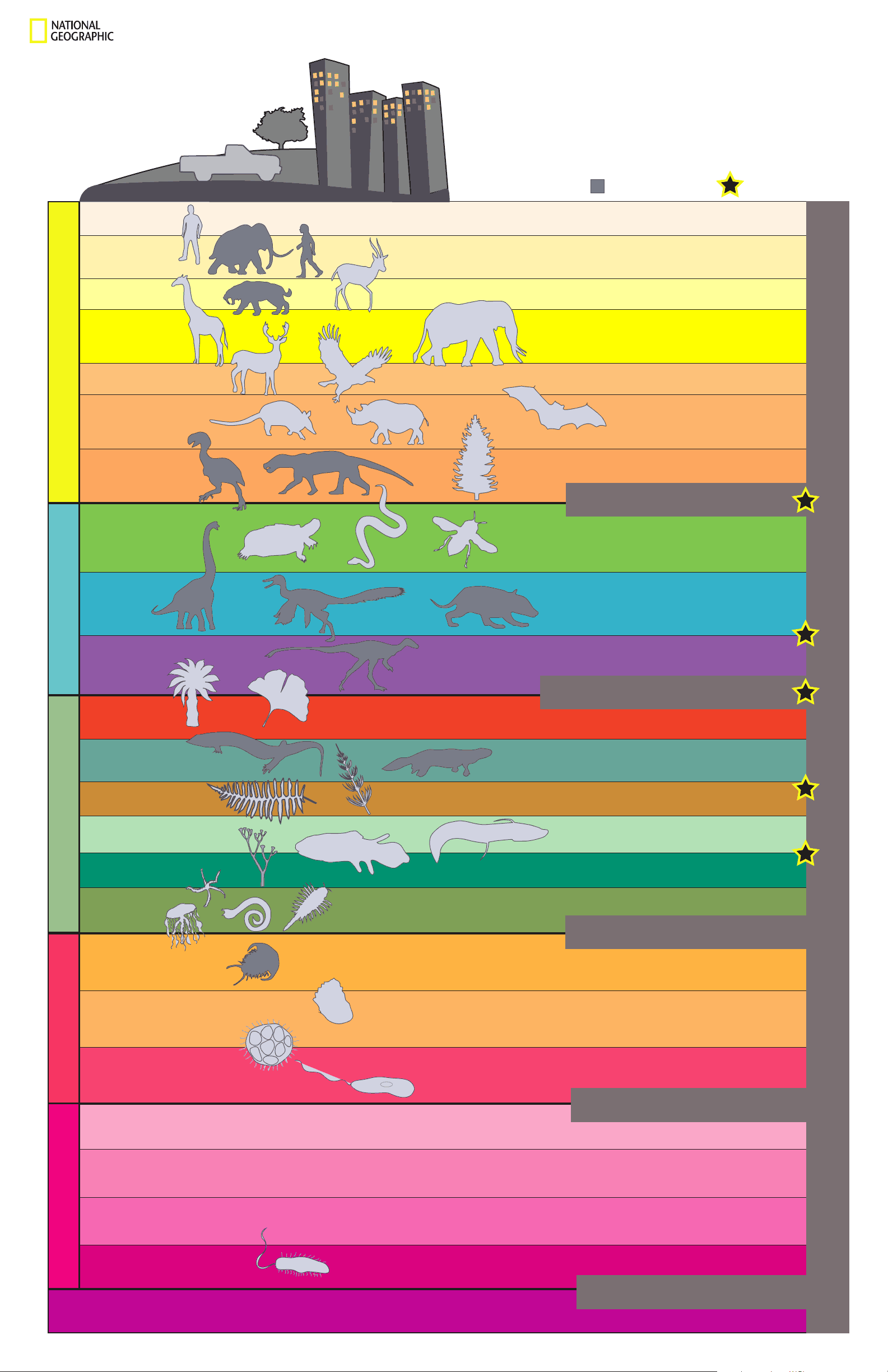


Prepara tus exámenes y mejora tus resultados gracias a la gran cantidad de recursos disponibles en Docsity

Gana puntos ayudando a otros estudiantes o consíguelos activando un Plan Premium


Prepara tus exámenes
Prepara tus exámenes y mejora tus resultados gracias a la gran cantidad de recursos disponibles en Docsity
Prepara tus exámenes con los documentos que comparten otros estudiantes como tú en Docsity
Los mejores documentos en venta realizados por estudiantes que han terminado sus estudios
Estudia con lecciones y exámenes resueltos basados en los programas académicos de las mejores universidades
Responde a preguntas de exámenes reales y pon a prueba tu preparación

Consigue puntos base para descargar
Gana puntos ayudando a otros estudiantes o consíguelos activando un Plan Premium
Comunidad
Pide ayuda a la comunidad y resuelve tus dudas de estudio
Descubre las mejores universidades de tu país según los usuarios de Docsity
Ebooks gratuitos
Descarga nuestras guías gratuitas sobre técnicas de estudio, métodos para controlar la ansiedad y consejos para la tesis preparadas por los tutores de Docsity
Linea de tiempo Tierra, Esquemas y mapas conceptuales de Cosmología
Es una linea de tiepo de la formacion de la Tierra
Tipo: Esquemas y mapas conceptuales
1 / 1

Esta página no es visible en la vista previa
¡No te pierdas las partes importantes!

Documentos relacionados
Vista previa parcial del texto
¡Descarga Linea de tiempo Tierra y más Esquemas y mapas conceptuales en PDF de Cosmología solo en Docsity!
| G E O L O G I C T I M E This infographic depicts the history of the Earth and the life that devel-
oped upon it. The Earth has been around for nearly 4.6 billion years and
much has happened in that immense span of time, from global glaciations
to massive asteroid impacts. Scientists have learned about the long, com-
plex history of the planet by studying layers of rock in the Earth’s crust.
These layers contain fossils of plants and animals that lived on Earth, only a
tiny fraction of which still exist today. By examining the composition of
rocks and the types of fossils in them, scientists have created a timeline of
Earth’s history. It is broken up into sections based on major events, like
global climate changes and mass extinctions. Use this infographic to
explore the evolution of Earth and the life upon it.
ARCHEAN
PROTEROZOIC
MESOZOIC
CENOZOIC
4.6 billion years ago: Earth is formed. The moon forms about 100 million years afterwards.
3.5 billion years ago: First evidence of single-celled organisms.
2.4 billion years ago: Earth’s atmosphere fills with oxygen. A million years later Earth freezes over, creating the first “Snowball Earth.”
2 billion years ago: First evidence of eukaryotic cells—cells that contain internal “organs” (organelles), including a DNA-containing nucleus. Recent discoveries suggest multicellular life may have also developed during this time.
535 million years ago: Many different types of organisms evolve in a relatively short period of time (a few million years) called the Cambrian Explosion. During this “explosion” the first true vertebrate (animal with a backbone) appears.
500 million years ago: Plants begin to colonize land.
397 million years ago: The first animals with four legs (tetrapods) evolve. This is the common ancestor of all creatures with two or four legs, including humans.
340 million years ago: The first amphibians develop.
310 million years ago: The four-legged animals, not including amphibians, split into two groups— reptiles and “mammal-like” reptiles. Mammals eventually evolve from the second group.
250 million years ago: Dinosaurs evolve and begin to dominate Earth.
200 million years ago: The first mammals appear.
150 million years ago: Archaeopteryx, “the first bird,” lives in Europe.
130 million years ago: The first flowering plants evolve.
60 million years ago: The first primates appear.
6.5 million years ago: Hominins—early ancestors of humans—evolve from the other primates.
300,000 years ago: The first “modern” human— Homo sapiens —evolves in Africa.
Eo-archean
Paleo-proterozoic
Meso-proterozoic
Neo-proterozoic
Cambrian
Ordovician
Devonian
Carboniferous
Permian
Jurassic
Cretaceous
Paleocene
Eocene
Oligocene
Miocene
Pliocene
Pleistocene
Holocene
Triassic
Anthropocene: Age of Man
252.2 million years ago
PALEOZOIC
Silurian
2.5 billion years ago
4 billion years ago
Neo-archean
65.5 milion years ago
Paleo-archean
Meso-archean
541 million years ago
HADEAN
Extinct Mass Extinction event
We live in the Holocene epoch, but many scientists argue that human impacts, like climate change and increased extinction rates, place us in a new epoch: the Anthropocene.

